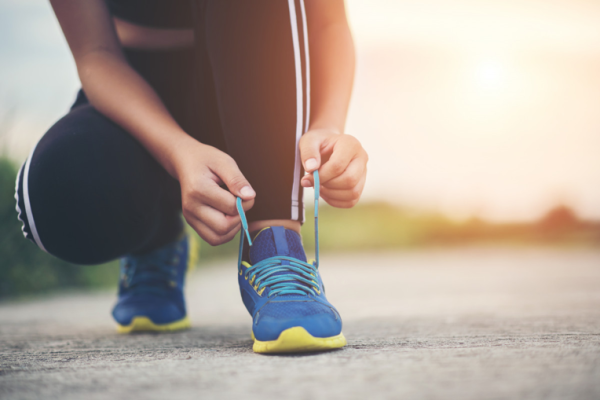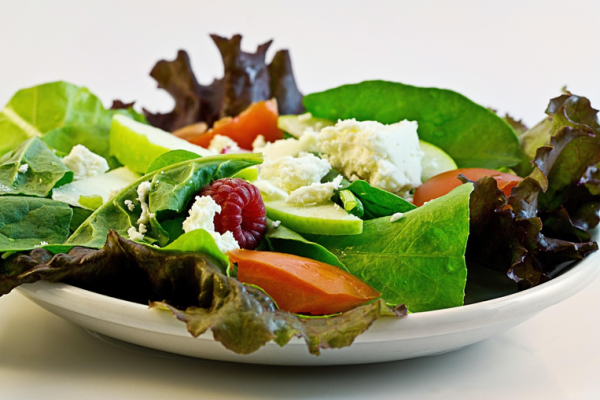
Why Trying to Change Others Drains Your Energy And What to Do Instead
We often believe that if the people around us behaved differently and according to our wishes, life would be easier. Whether it is a partner, friend, or coworker, we spend mental energy trying to shape others to match our expectations. But this constant effort rarely brings peace — it drains it. True calm begins when we stop trying to change others and start accepting them as they are.
Acceptance doesn’t mean agreeing with everything someone does. It means recognizing that each person has their own path, shaped by experiences we may never fully understand. When we release the urge to control, our minds relax. The endless cycle of judgment and disappointment breaks, making room for compassion and emotional balance.
From a physiological perspective- acceptance also benefits the body. Trying to control people or situations triggers the body’s stress response, raising cortisol and blood pressure. Chronic frustration or resentment affects the nervous system and raises cortisol levels. Over time, that tension can manifest as fatigue, headaches, or inflammation. In contrast, practicing acceptance helps in
- attaining Inner peace and it supports lower blood pressure, better sleep, and immune function.
- You could highlight how mental harmony translates to physical health — when you stop resisting what it is, your body relaxes too.
From mental health perspective –one cannot find peace in perfect circumstances or perfect people — it is found in a peaceful state of mind. When we stop demanding that others change, we conserve energy, nurture empathy, and strengthen our own emotional resilience. Acceptance becomes a daily practice of freedom: freeing others to be themselves and freeing ourselves to live with grace and calm.
- It explores emotional balance, mindfulness, and inner peace — learning to let go of control and expectations.
- It ties into self-awareness, empathy, and emotional maturity, which are all vital for mental well-being.
- You can connect it to stress reduction — acceptance lowers frustration and emotional tension that come from trying to “fix” others.
Learning to accept rather than change others is not a sign of weakness. It is an act of strength — a mindful choice to protect your inner peace and honor the natural harmony between mind and body.
Image credit: Image by Franz Bachinger from Pixabay (Free to use under Pixabay content license, July 28, 2023)
Author: Sumana Rao | Posted on: November 13, 2025








